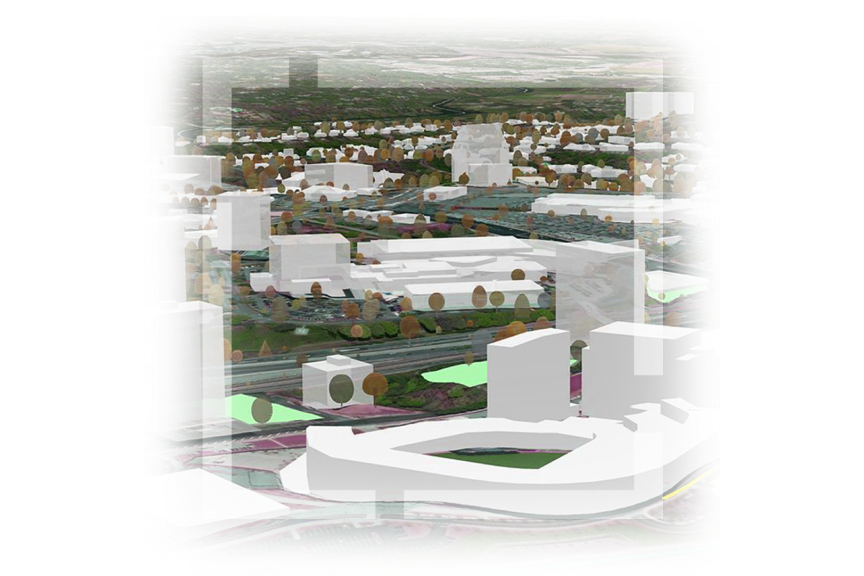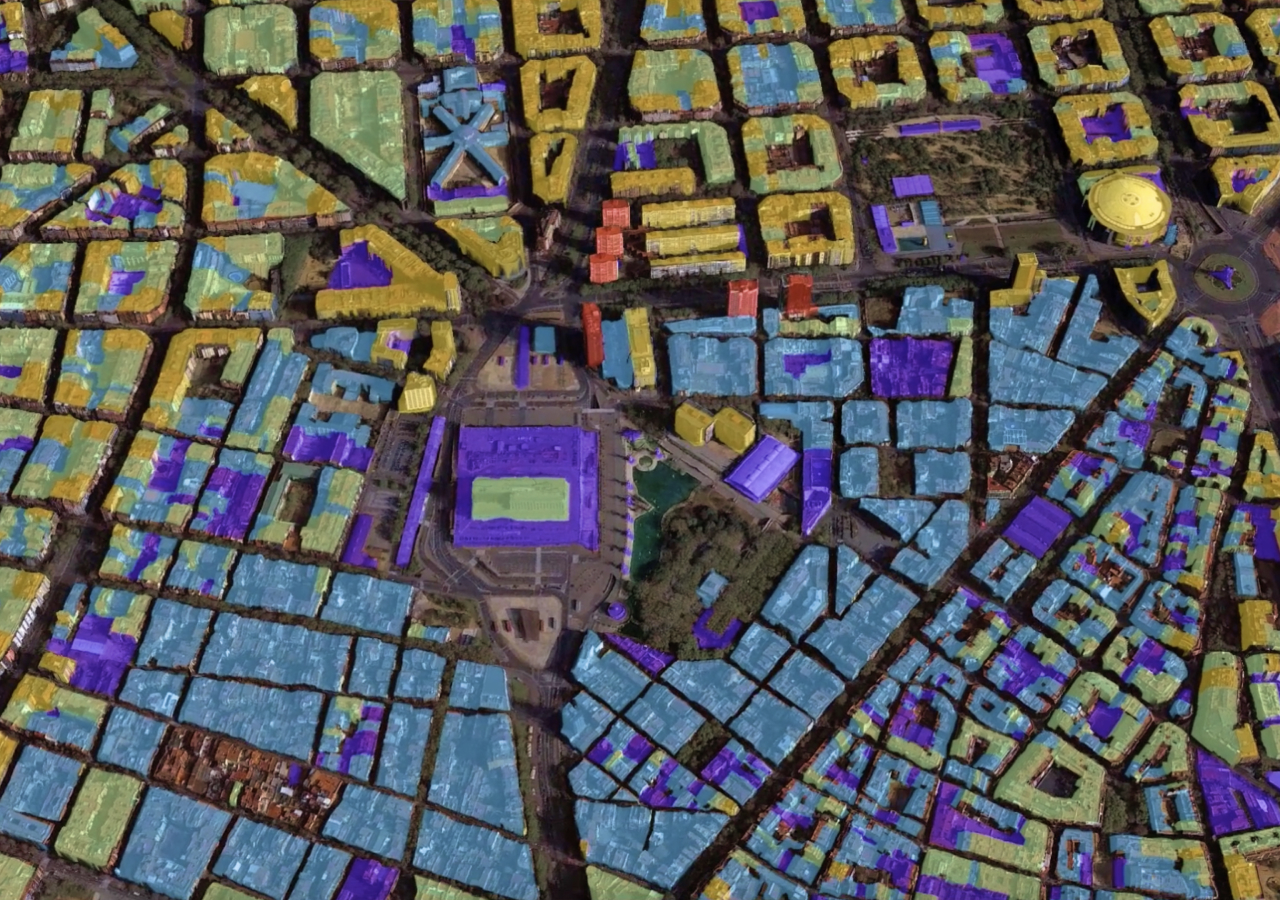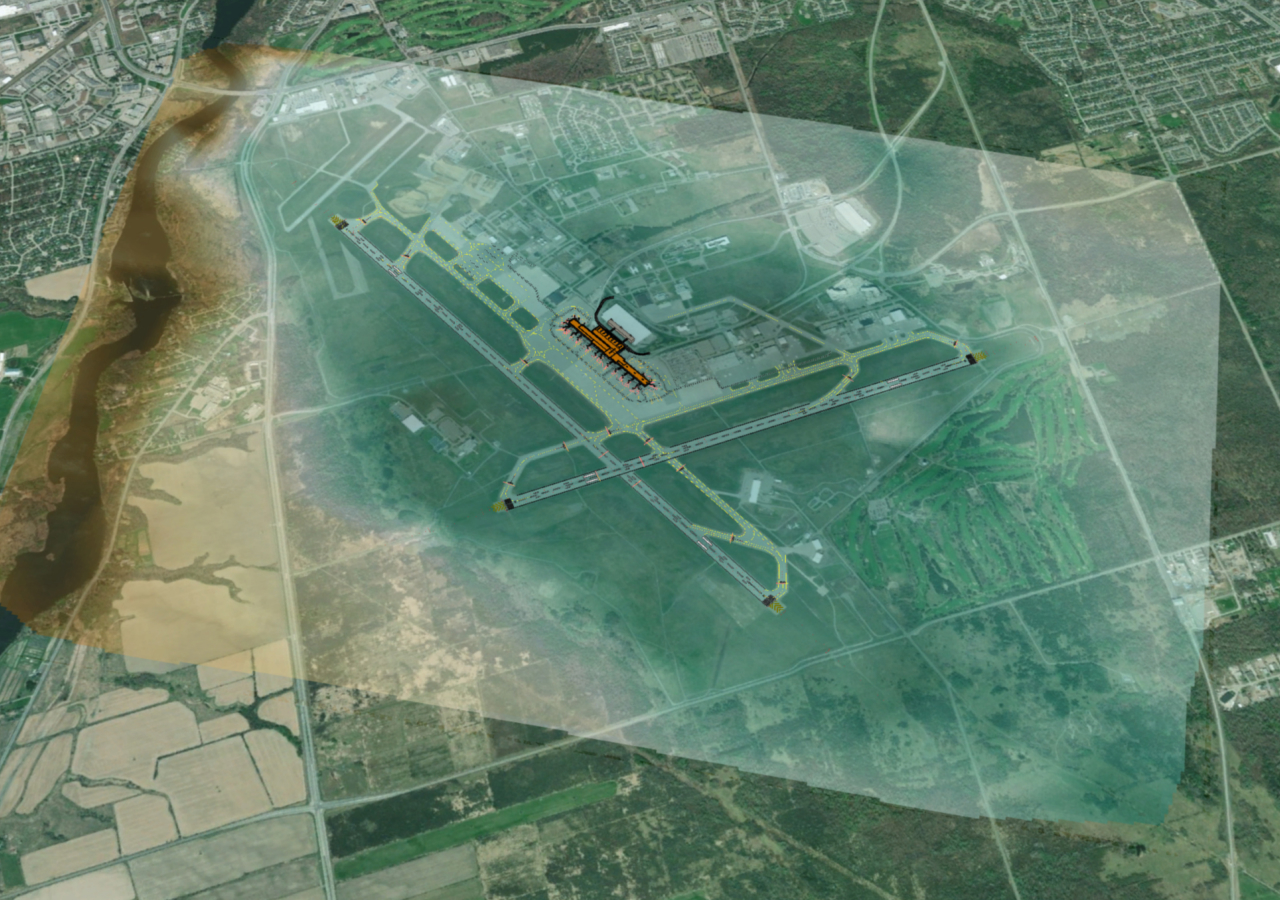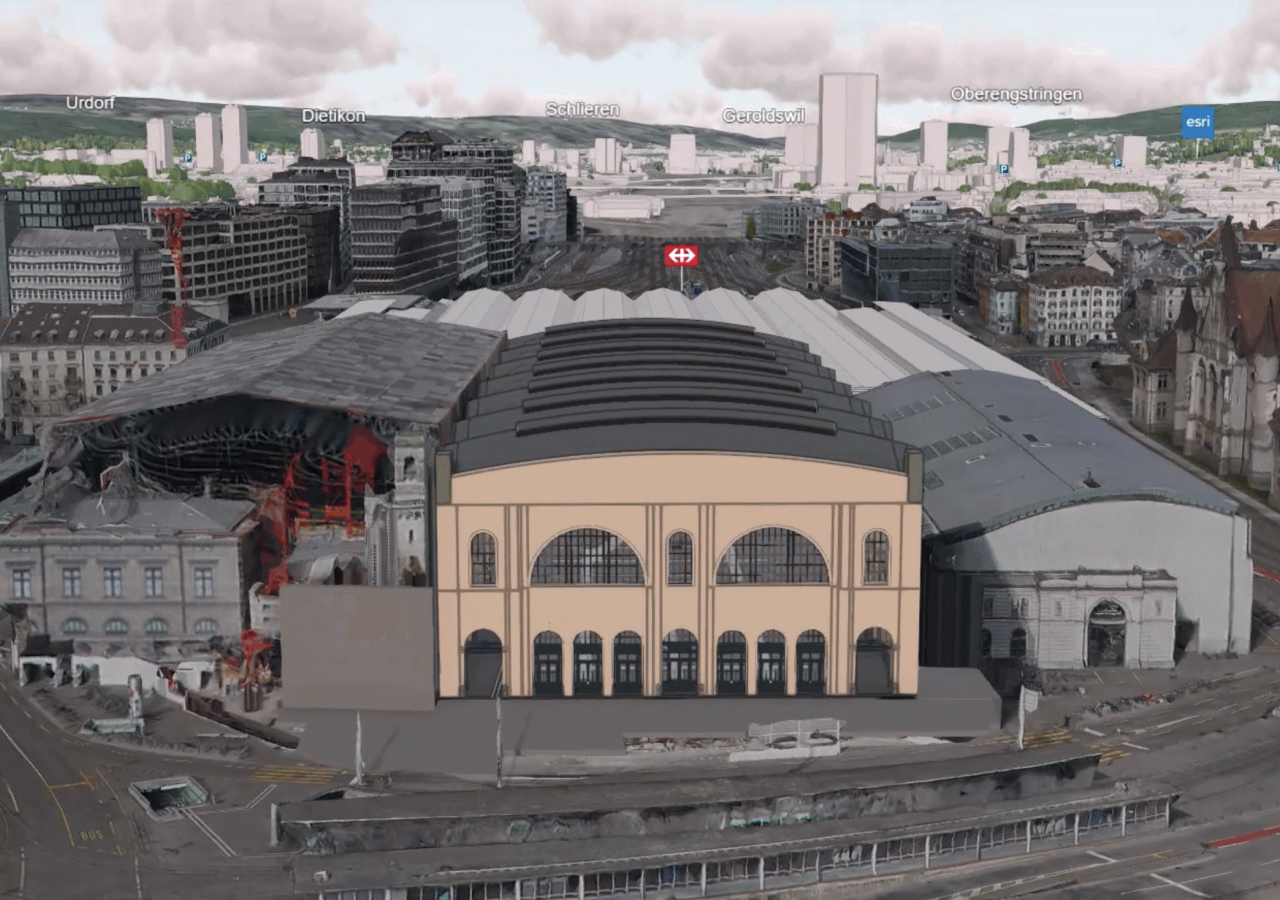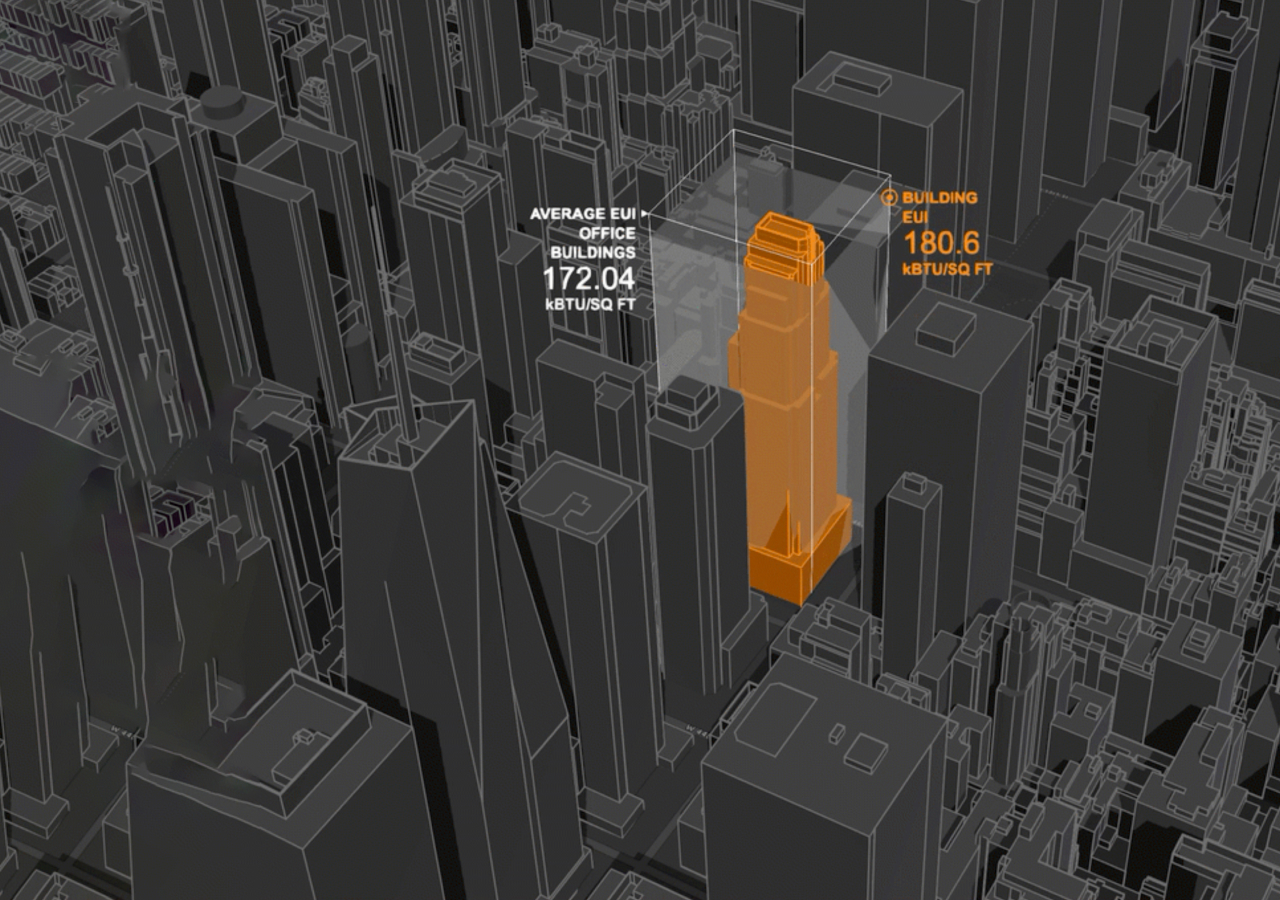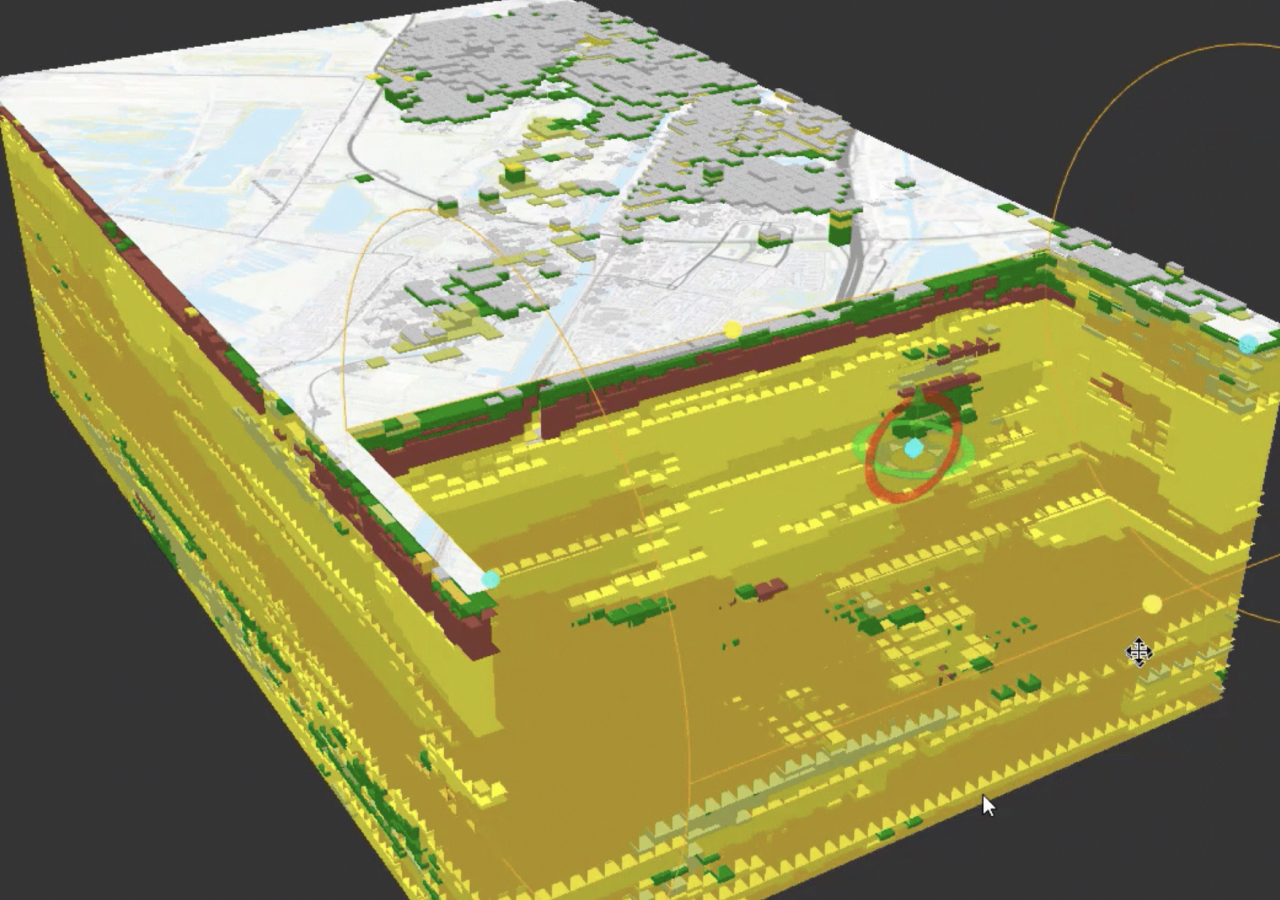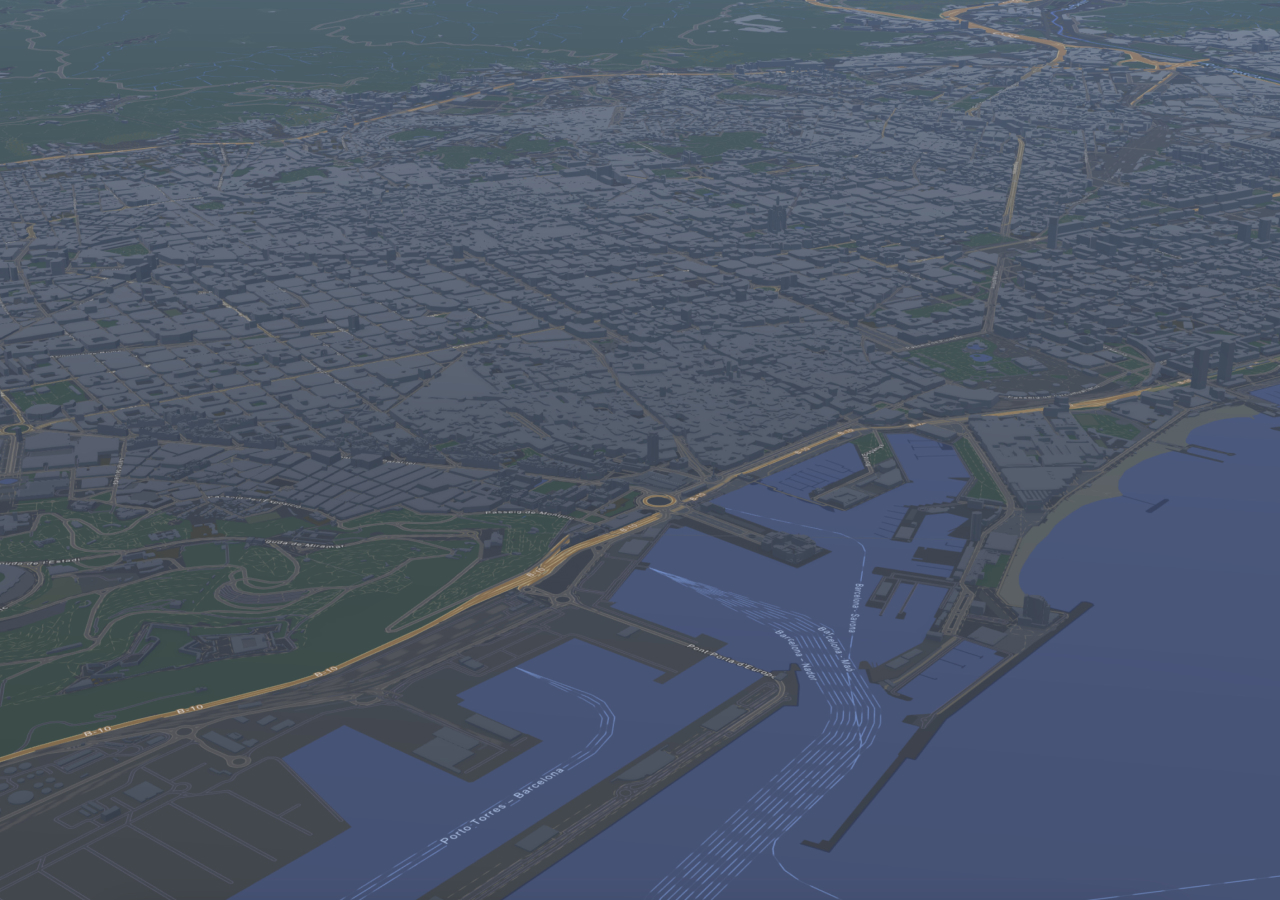Manage 3D models and data at scale
Keep your data secure and interoperable
Designed to manage vast volumes of data and formats, ArcGIS is a complete enterprise IT system for enabling teams to create, organize, store, retrieve, and maintain 3D content. Access ready-to-use, authoritative data sources and integrate with other systems to enhance collaboration and unlock new insights.
Integrate with leading 3D data formats
ArcGIS supports a variety of industry-standard and open 3D formats for maximum compatibility and data integration with other systems.
Ensure data accuracy and control
Maintain high-quality data, reduce the risks of errors, and improve decisions with tools in ArcGIS for data validation and quality control.
Create and share dynamic 3D content
Improve coordination and communication with powerful data creation and sharing capabilities to enable better collaboration.



